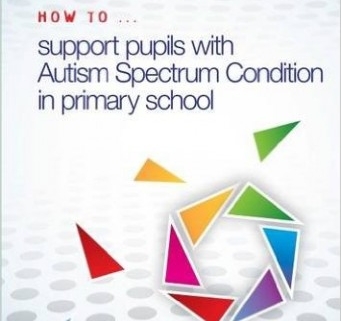What support do teachers need to effectively teach autistic pupils?
Primary teachers are the most creative people I know. In just one day they explain, instruct, present, make, demonstrate, coach, advise, organise, design, guide, adapt, mentor, listen, comfort, laugh, cry and
…oh and of course, teach!
Each day there are around 30 individual human beings in our care and we want to nurture them, develop their talents, teach them the curriculum and see them make progress. We want to help them get along with others and contribute to the world.
If one or more of those children are autisitc then primary teachers want the same things for those children. But an autisitc child may need us to be more adaptable, do things in a different way and build a support structure around them that meets their individual needs.
Some teachers feel confident in doing this, especially if they have had some SEND training. Others don’t. And that’s okay, as long as the support for the teacher is available. All teachers can earn and adapt what they do if given the right training and advice.
Having been a primary classroom teacher for fourteen years before becoming a teacher in a specialist autism school, I was always aware that busy primary classroom teachers were crying out for practical class-based ideas and resources when it came to supporting the autistic pupils in their class. Now, as an independent specialist autism teacher working with schools all over Lancashire, I have been providing that support for teaching staff that has made a real difference for autistic pupils. It’s a joy to see a child thrive and often, some consistent and simple adjustments can make all the difference.
The key is to help teachers understand that being autistic is not a set of deficits, but a array of strengths, differences and sometimes challenges. At the centre is a unique and individual child. I’ve written the book to be a helpful guide for classroom teachers, teaching assistants and even parents who want to know what help could be given to their child in school. The book begins by explaining what autism is, and how it might look in different children, including girls. The following chapters give teachers practical advice about adapting the environment, supporting communication, using visuals, and accessing the curriculum. There are chapters about sensory processing and behaviour support, social stories and developing independence. I also share how to support social relationships in ways that build on the child’s strengths and helps them understand the world around them. Finally, I give advice on how to support change and transition, particularly to the next stage of a child’s education….secondary school!
Throughout the book, I have taken a developmental approach. Each chapter looks at how the strategies might look in the Early Years, then into KS1 and into KS2. That way, SENCOs can support a child through the whole school and teachers can dip in and out of the book so that the strategies and support match the actual stage the child is at, rather than it being ‘you must do this or that at this age’. It comes with a CD ROM with some helpful printable resources. One of these is a handy social interaction tracking sheet so that you have a way of supporting the child’s development in this area and tracking their progress. It’s autism specific and covers aspects not usually covered in the curriculum tracking systems we use in schools.
I hope teachers, teaching assistants, SENCOs, Head Teachers and parents might use this book as a handbook to dip in and out of as the autistic child goes through the primary school. Fill it with post-its, underline and highlight passages and write in the margins! Have it with you as you plan and write IEPs or review targets.
And my greatest wish is that the autistic child in your class will be happy, feel accepted and given the support to thrive.
And now you can do our CPD Accredited course with Schudio TV and presented by Lynn, online for just £20 see here for the primary course and here for the secondary course
You can order this book through amazon or the LDA website here.




